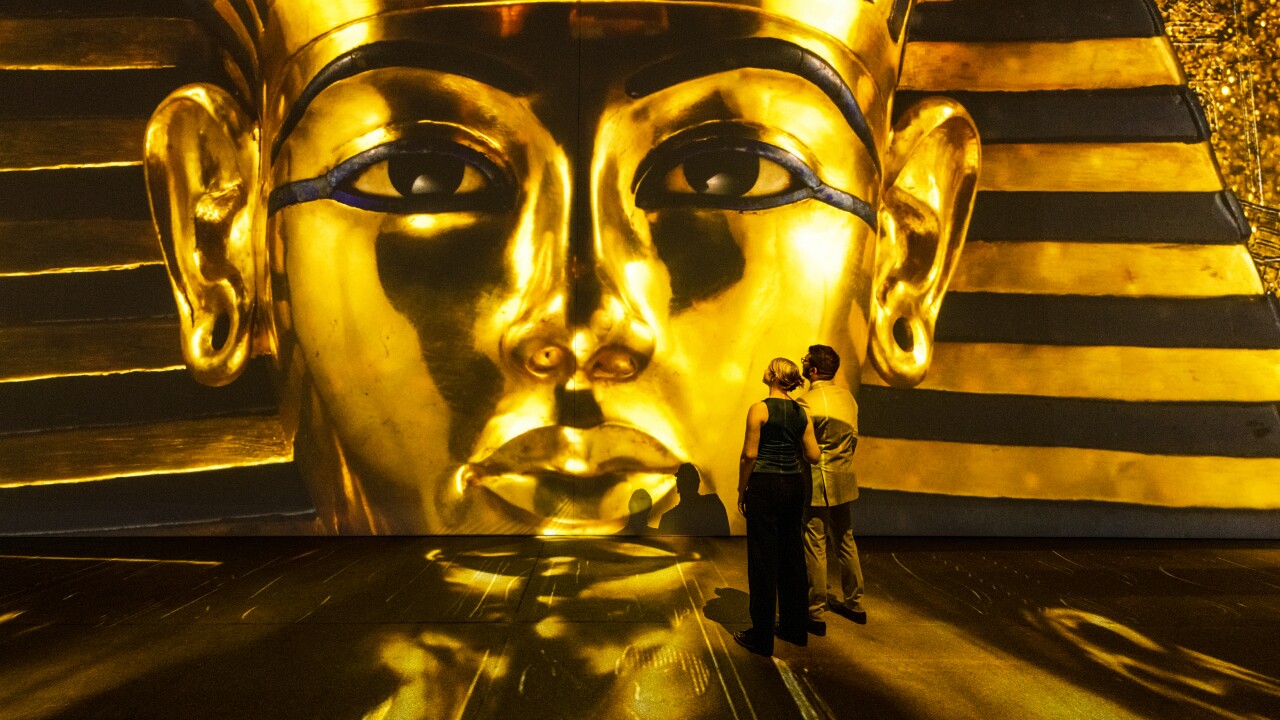
In the annals of ancient Egyptian history, few rulers have left as profound a mark as King Senusret. Also known as Senusret I, he reigned during the Middle Kingdom period, a time of stability, prosperity, and cultural advancement in Egypt. In this blog post, we will explore the life, accomplishments, and legacy of this influential pharaoh, shedding light on his significant contributions to the civilization of ancient Egypt.
- Early Life and Ascension to the Throne: Senusret I was born to King Amenemhat I and Queen Neferitatjenen, members of the powerful 12th Dynasty. Little is known about his early life, but it is believed that he was educated in the arts, sciences, and military strategy, preparing him for the challenges of rulership. After the death of his father, Senusret ascended the throne and began his remarkable reign.
- Building Projects and Architectural Achievements: One of the most notable aspects of Senusret’s rule was his extensive building program. He constructed numerous temples, monuments, and public works projects throughout Egypt. His reign saw the development of innovative architectural techniques, including the construction of mortuary complexes, pyramids, and the famous White Chapel, an intricately decorated structure now housed in the Metropolitan Museum of Art.
Senusret I’s building projects not only showcased his wealth and power but also served as symbols of divine kingship and rejuvenation. He sought to reinforce the religious and political stability of Egypt, leaving a lasting legacy through his impressive architectural achievements.
- Foreign Relations and Military Campaigns: Senusret I was a shrewd diplomat and military strategist, maintaining peaceful relations with neighboring regions while also defending Egypt’s borders. He established trade networks, fostered alliances, and engaged in diplomatic marriages to strengthen Egypt’s influence and secure valuable resources. However, when necessary, he displayed military might to protect the kingdom and assert his authority.
The pharaoh conducted successful military campaigns against Nubia (modern-day Sudan) and the eastern territories, expanding Egypt’s control and securing important trade routes. His military prowess further elevated Egypt’s standing in the region and ensured the prosperity of the kingdom during his reign.
- Cultural and Religious Contributions: Senusret I was a patron of the arts, literature, and religious practices. He fostered a vibrant cultural climate, supporting poets, scribes, and artisans who flourished under his reign. The Middle Kingdom witnessed a flourishing of artistic expression, with an emphasis on realism, refined craftsmanship, and intricate details.
Additionally, Senusret I promoted the worship of traditional Egyptian deities and commissioned religious texts, such as the famous “Instructions of Amenemhat,” which offered moral and political guidance. His religious devotion and patronage contributed to the spiritual well-being of the kingdom and ensured the continuity of ancient Egyptian religious traditions.
- Legacy and Impact: Senusret I’s reign is regarded as a high point in ancient Egyptian history. His political acumen, military successes, and architectural endeavors solidified Egypt’s stability and prosperity during the Middle Kingdom. His contributions to art, literature, and religious practices laid the foundation for cultural achievements in subsequent periods.
Senusret I’s legacy extended beyond his lifetime, as subsequent pharaohs sought to emulate his achievements. His reign marked a golden era in Egypt, leaving a lasting imprint on the country’s history and shaping its future political, cultural, and religious landscape.

